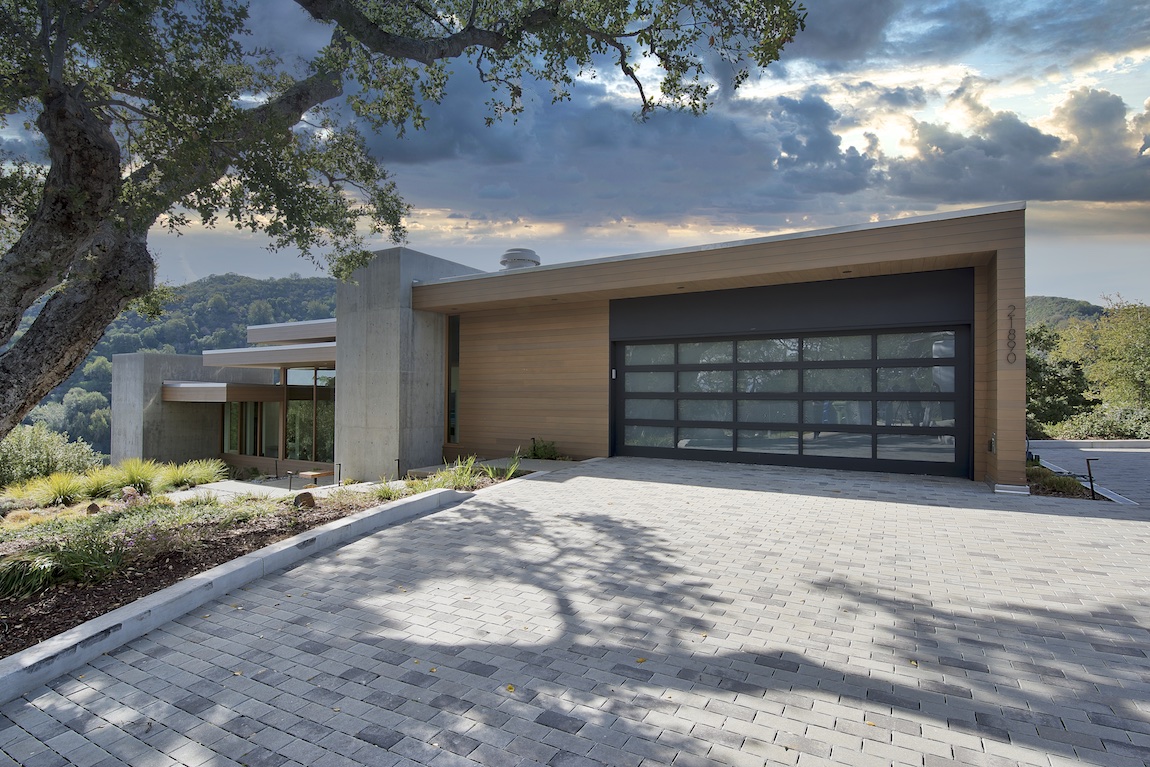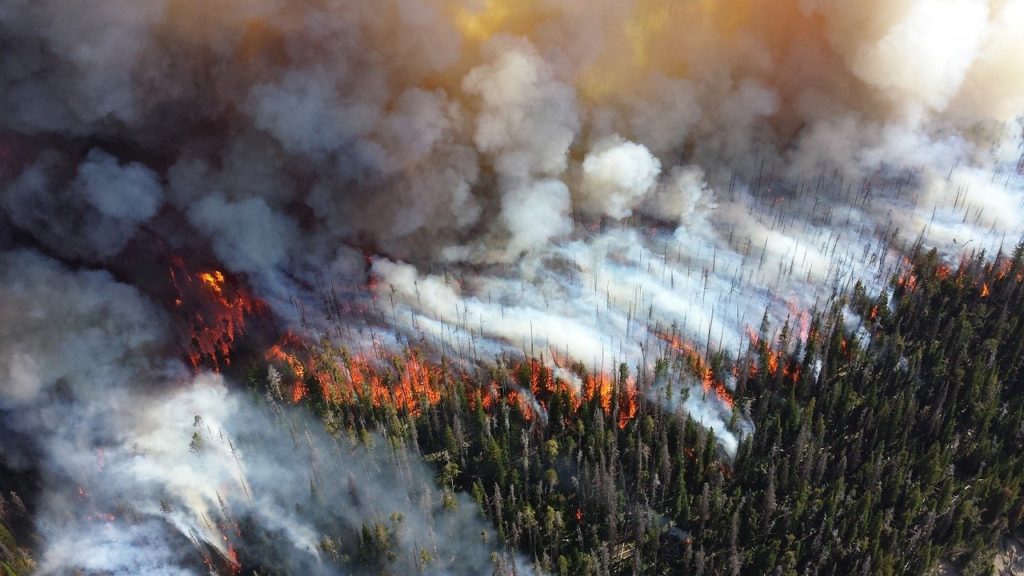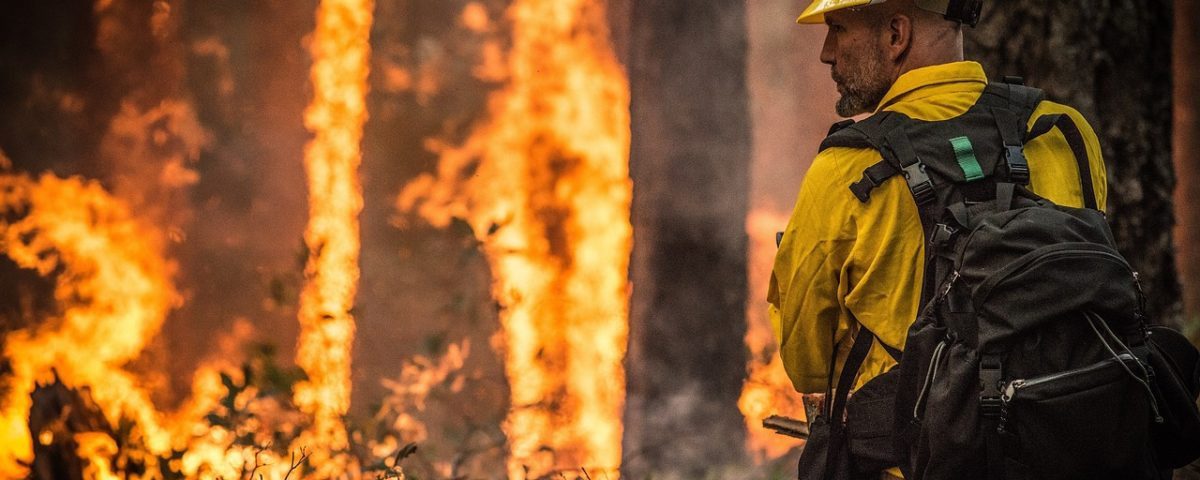
With the devastating destruction caused by wildfire, it’s hard to imagine that a single ember is all it can take to start an inferno. Yet, this is often the case—and in most cases, humans are to blame. If you’re wondering what causes wildfires, read on. Here is your complete guide to understanding the most common causes and key risk factors of wildland fires.
For more information on how you can safeguard your home and protect your family from wildland fires, contact our team at Frontline Wildfire Defense for a free consultation.
The Most Common Cause of Wildfires
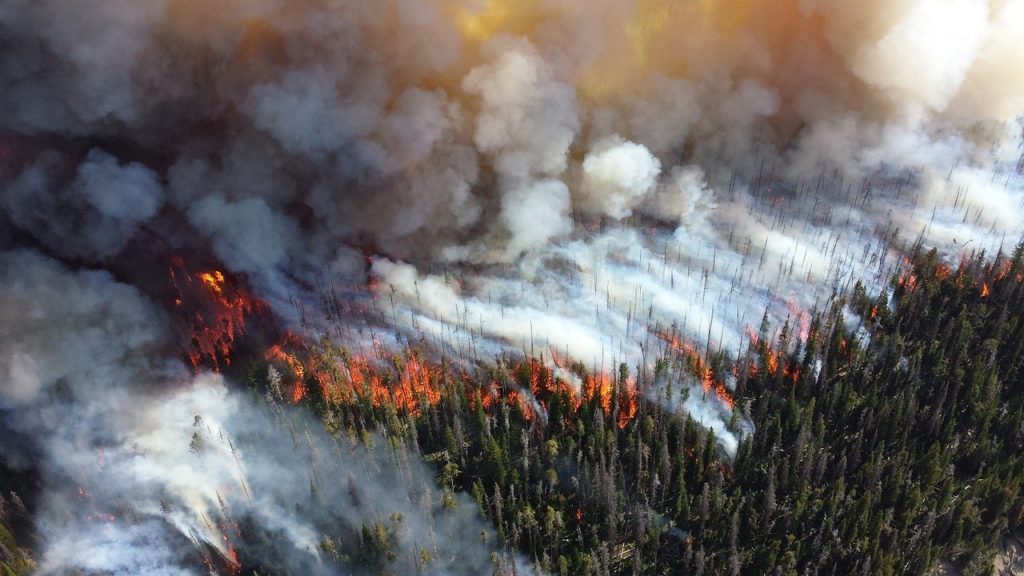
Wildland fires are classified as either naturally occurring or human-caused. According to the National Park Service, however, human-caused wildfires are significantly more common, with human involvement triggering 85% to 90% of wildfires.
For any fire to occur, there are three elements needed—heat, fuel, and oxygen:
- Heat. There are many potential heat sources that can create embers and ignite wildfires. Many of these are human caused, which we will cover in more detail below.
- Fuel. California’s arid climate and abundant, bone dry vegetation provides copious amounts of fuel for wildfires.
- Oxygen. California’s infamous Santa Ana winds, dubbed “Diablo winds” by some locals, produce gusts averaging 45-50 mph, with record gusts clocked at over 160 mph. These winds fan the flames and spread embers, leading to truly devastating wildfires.
California’s dry climate, abundant winds, and dried vegetation provide prime conditions for a wildfire—and it only takes a single ember to ignite and destroy hundreds of thousands of acres. Here’s a closer look at the top three heat sources that are the most common cause of wildfires:
Burning Debris
Escaped embers from burning debris is one of the most common causes of wildfires. On a particularly windy day, escaped embers can carry for miles without extinguishing.
In many parts of the United States, burning dead vegetation is illegal. However, in some states, such as California, it is permitted during certain times of the year. When burning vegetation and other debris, stay mindful and pay close attention to weather conditions. For more information on burning debris safely, visit the California Department of Forestry & Fire Protection.
Unattended Campfires
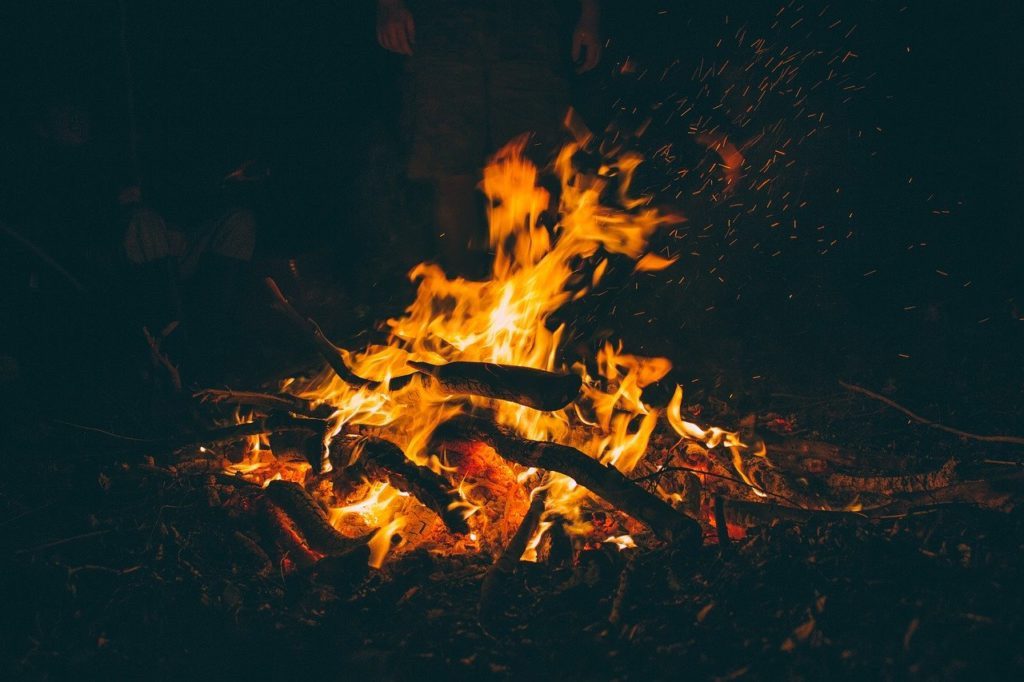
We typically associate campfires with beautiful memories, like s’mores and stories with loved ones. However, despite a campfire’s summertime appeal, they are one of the leading causes of wildfires. The Ham Lake Fire, which destroyed 75,000 acres and hundreds of properties, is just one example of the devastation that a single campfire can cause.
If you plan on camping this year, always remember to practice proper fire safety. Smokey Bear is an excellent resource for safety rules on building and extinguishing campfires.
Electrical Power
Fallen power lines rank among the top causes of wildfires, ranking as the third most common cause of wildfires in California. In some cases, it only takes a branch falling from a tree and striking a power line to create sparks. Nearly 10% of wildfires result from fallen power lines, which equates to roughly 400 fires per year in California.
Over the past six years, over 1,500 Californian wildfires were caused by fallen power lines, including the deadliest fire in history—the Camp Fire, which destroyed over 18,000 structures and took 85 lives. The prominent California utility company, Pacific Gas & Electric Co. (PG&E), has faced lawsuits for its responsibility in igniting a series of wildfires in 2017 and 2018 (including the Camp Fire). In 2020, PG&E paid an $11 billion settlement to resolve all insurance subrogation claims from these fires.
In the past, California has responded with measures such as power shut-offs. While this safety measure may cause inconveniences for some, it can help to save many lives and prevent property destruction during dry and windy seasons.
At Frontline Wildfire Defense, we understand that it is vital for wildfire defense systems to be able to operate even during power outages. In response, our exterior sprinkler system features a built-in backup battery. Our system can also be activated remotely, working via satellite communications where Wi-Fi and cell service is unavailable.
Other Leading Causes of Wildfires
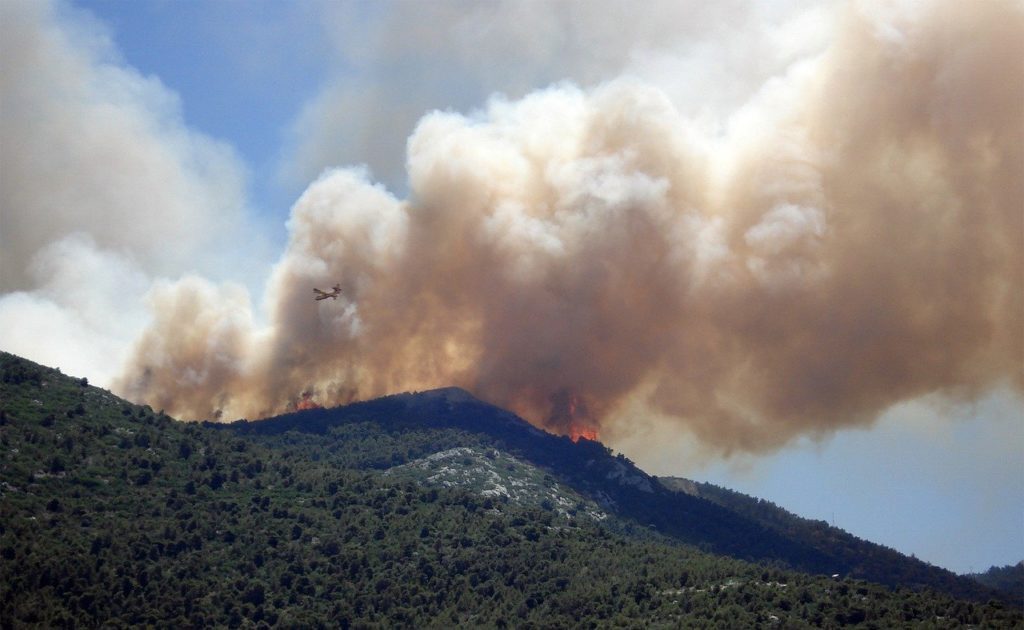
The list above is by no means exhaustive. Other common causes of wildfires include:
- Discarded cigarettes. In 2017, cigarette caused wildfires caused $6 billion in property damage.
- Equipment use and malfunctions. The fifth largest fire in California history, the Zaca Fire, was caused by sparks from a metal grinder.
- Vehicle crashes and engine sparks. The Carr Fire was caused by sparks from a trailer’s faulty wheel rim.
- Arson. Two El Jebel, CO residents each face charges of felony arson for their roles in starting the Lake Christine Fire in 2018.
- Lightning. Lightning caused the 2012 Rush Fire in Lassen County, California.
The leading causes of wildland fires differ from location to location. Detailed information on key risks in your region is often available through your state fire service. For California residents, see the California Department of Forestry & Fire Protection.
Climate Change & Preventing Wildfires
When discussing what causes wildfires, it’s impossible to ignore climate change. Rising temperatures and drought are two key risk factors. According to the Union of Concerned Scientists, average temperatures in the United States have increased by two degrees since 1970, and California has warmed by three degrees. This rise in temperature may seem small, but its impact is visible across the world. Forests are remaining dry (and drier) for longer periods—and dry plants, trees, and shrubs serve as abundant fuel for fires.
With a prolonged dry period, some experts have even suggested that climate change is leading to the gradual disappearance of a fire season. The 2019 California fire season, for instance, increased by 75 days according to CAL Fire.
Today, the conditions for wildfires are present nearly year-round, so practicing proper fire safety and taking steps to protect your property is crucial. By doing your part in following safety guidelines, you can help prevent future wildfires.
Protect Your Home Today
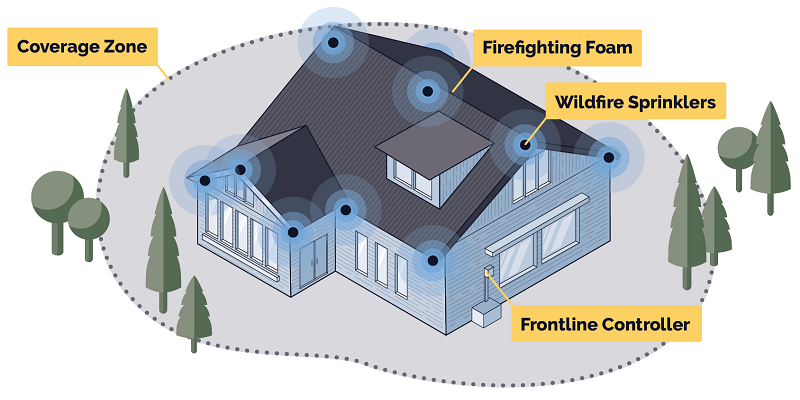
While wildland fires are often unpredictable, you can take proactive steps to protect your property. Creating defensible space, incorporating fire-resistant building materials, and installing sprinkler systems are just a few effective ways to safeguard your home.

